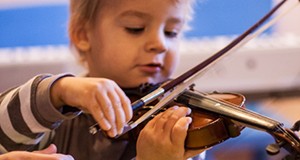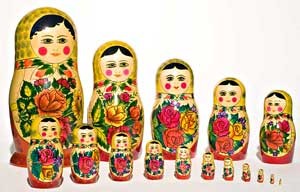Franz Joseph Haydn was a prolific and influential Austrian composer (1732-1809).
Franz Joseph Haydn began his musical study at age 8, when he was hired to sing in the choir at St. Stephen's Cathedral in Vienna. He learned to play violin and keyboard while working at the Cathedral. After he left the choir, he supported himself by teaching and playing violin, while continuing studying to play the instruments.
Haydn soon became an assistant to composer Nicola Porpora in exchange for lessons, and in 1761 he was named Kapellmeister, or "court musician," at the palace of the influential and wealthy Esterházy family, a position that would financially support him for nearly 30 years. Isolated at the remote palace from other composers and musical trends, he was, as he wrote it, "forced to become original."
Haydn wrote 106 symphonies throughout his life, but the birth of the "Farewell Symphony" had a tale with the twist, as it was told by Haydn in old age to his biographers.
Haydn and the court orchestra had been residing and performing at the Prince 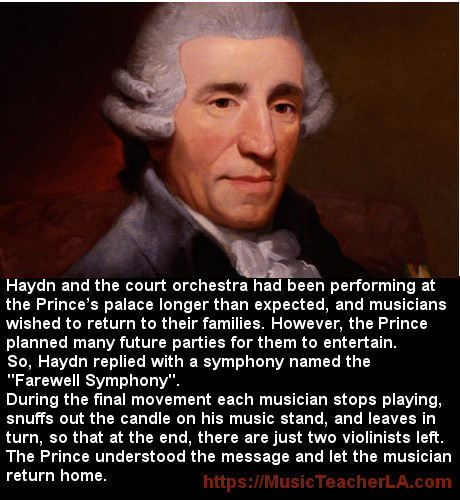 Nikolaus Esterházy's favorite summer palace in rural Hungary longer than expected, and musicians wished to return to their families. However, the Prince planned many future parties for the musicians to entertain. Desiring to return home, the musicians appealed to Haydn for help. The diplomatic Haydn put his request into the music of the "Farewell Symphony". During the final movement each musician stops playing, snuffs out the candle on his book stand, and leaves in turn, so that at the end, there are just two violinists left.
Nikolaus Esterházy's favorite summer palace in rural Hungary longer than expected, and musicians wished to return to their families. However, the Prince planned many future parties for the musicians to entertain. Desiring to return home, the musicians appealed to Haydn for help. The diplomatic Haydn put his request into the music of the "Farewell Symphony". During the final movement each musician stops playing, snuffs out the candle on his book stand, and leaves in turn, so that at the end, there are just two violinists left.
 Nikolaus Esterházy's favorite summer palace in rural Hungary longer than expected, and musicians wished to return to their families. However, the Prince planned many future parties for the musicians to entertain. Desiring to return home, the musicians appealed to Haydn for help. The diplomatic Haydn put his request into the music of the "Farewell Symphony". During the final movement each musician stops playing, snuffs out the candle on his book stand, and leaves in turn, so that at the end, there are just two violinists left.
Nikolaus Esterházy's favorite summer palace in rural Hungary longer than expected, and musicians wished to return to their families. However, the Prince planned many future parties for the musicians to entertain. Desiring to return home, the musicians appealed to Haydn for help. The diplomatic Haydn put his request into the music of the "Farewell Symphony". During the final movement each musician stops playing, snuffs out the candle on his book stand, and leaves in turn, so that at the end, there are just two violinists left.
The Prince understood the message and let the musicians return home.
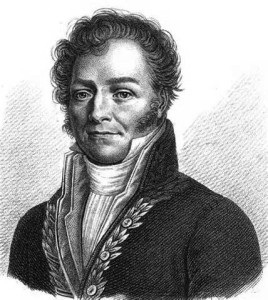
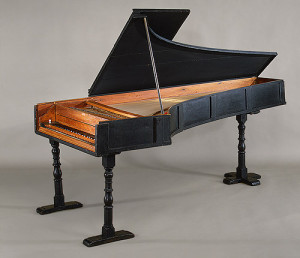 of the player's key press, allowing for some notes to be played louder or quieter than others, which , something that the earlier instruments could not do. That is why the original piano was named pianoforte, which means "quiet-loud" in Italian.
of the player's key press, allowing for some notes to be played louder or quieter than others, which , something that the earlier instruments could not do. That is why the original piano was named pianoforte, which means "quiet-loud" in Italian.